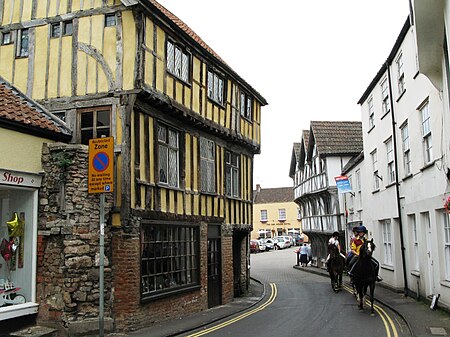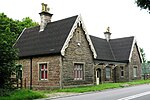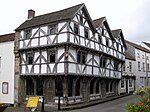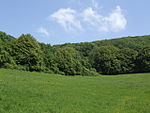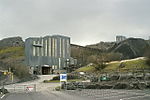Sidcot School is a British co-educational private school for boarding and day pupils, associated with the Religious Society of Friends. It is one of seven Quaker schools in England. The school is based in the Mendip Hills near the village of Winscombe, Somerset and caters for children between the ages of 3 and 18. Children aged from 3 to 11 are educated in Sidcot Junior School, which is located on its own site adjacent to the main campus. About 130 of the school's 525 pupils (2010) are in this junior school.
In the senior school, nearly half of the 395 pupils are boarders. Over 29 different countries are represented making up 25% of the school. Boarders board in the grounds in one of the 6 boarding houses. The girls' houses are Newcombe, School House Girls and Meadowside, and the boys' are School House Boys and Wing House.
Although a Quaker School, pupils come from a variety of different faiths and cultures. All pupils are expected to join in with a short Meeting for Worship every Friday morning instead of assembly.
Prior to September 2013, Sidcot school operated a 3 house system named after explorers: Nansen, Shackleton and Rhodes. A new House system was introduced at the beginning of the 2013 Autumn term. There are four houses in the revised house system named after the cardinal points of the compass: North, East, South and West, each house has a colour: Blue, Yellow, Green and Red respectively. The houses are mainly used for sports days and house matches of sport. One of the principal aims behind the new system is to allow greater interaction between students in the Senior and Junior Schools. The introduction of House Assemblies at points in the term facilitates students to work together within their Houses. All staff are aligned to a House and given the opportunity to participate in its life as well as support House events.
In addition to its sports centre that houses a 25m pool and equestrian facilities, Sidcot has built a new creative arts block, with extensive drama, art and music facilities, which opened in June 2009. It is open to the public for exhibitions, courses and workshops.
Many past pupils and teachers are members of the Sidcotians (Alumni Network).
